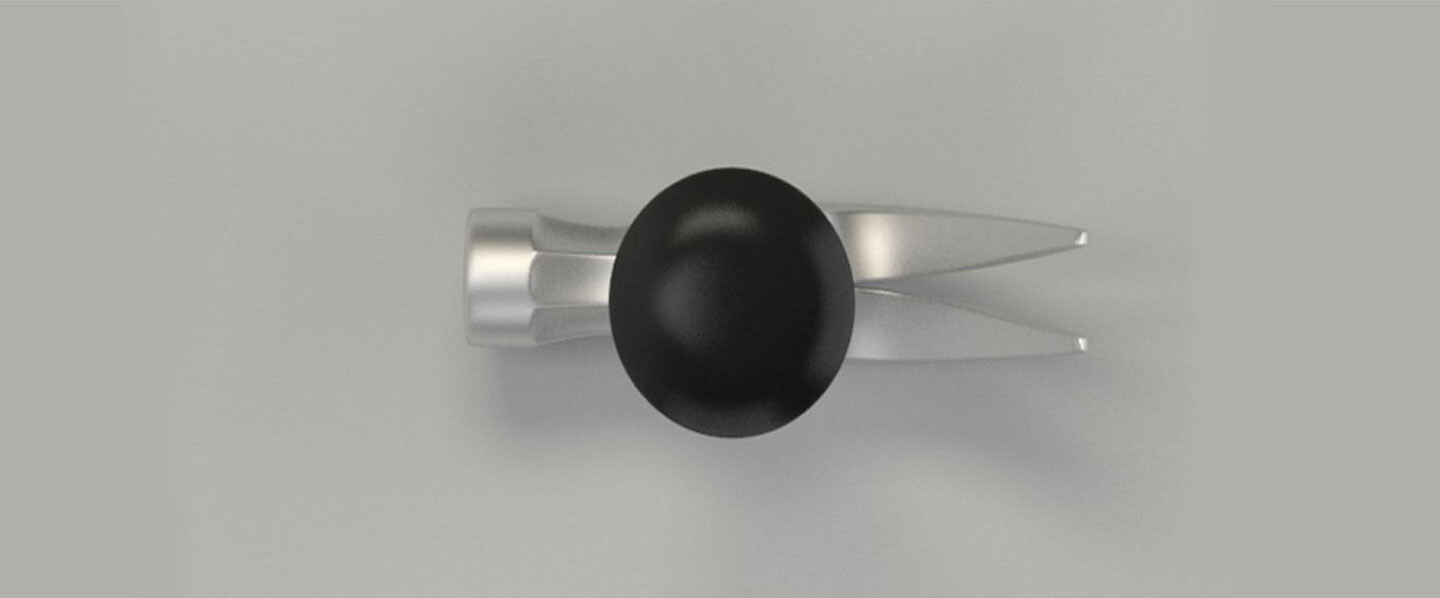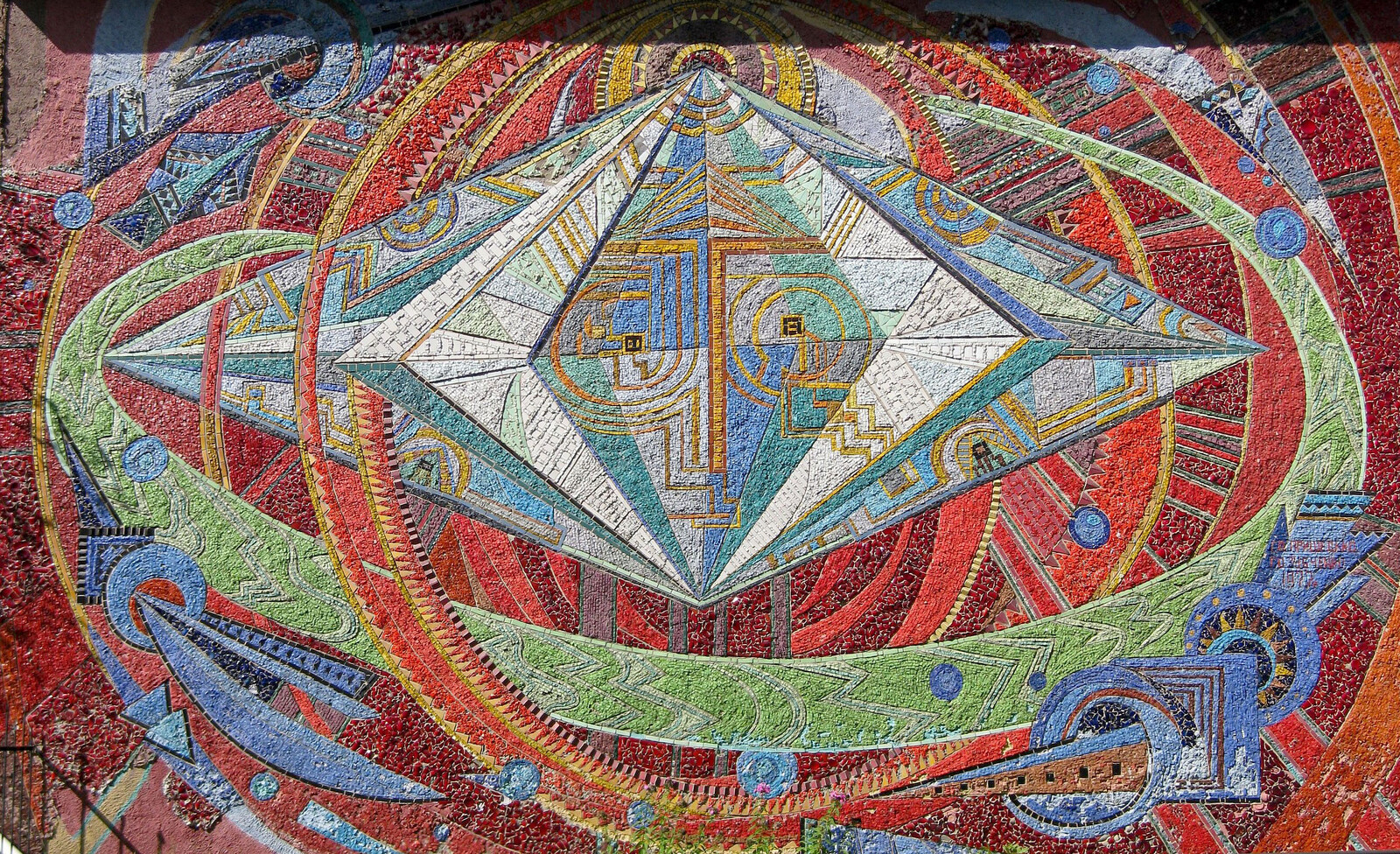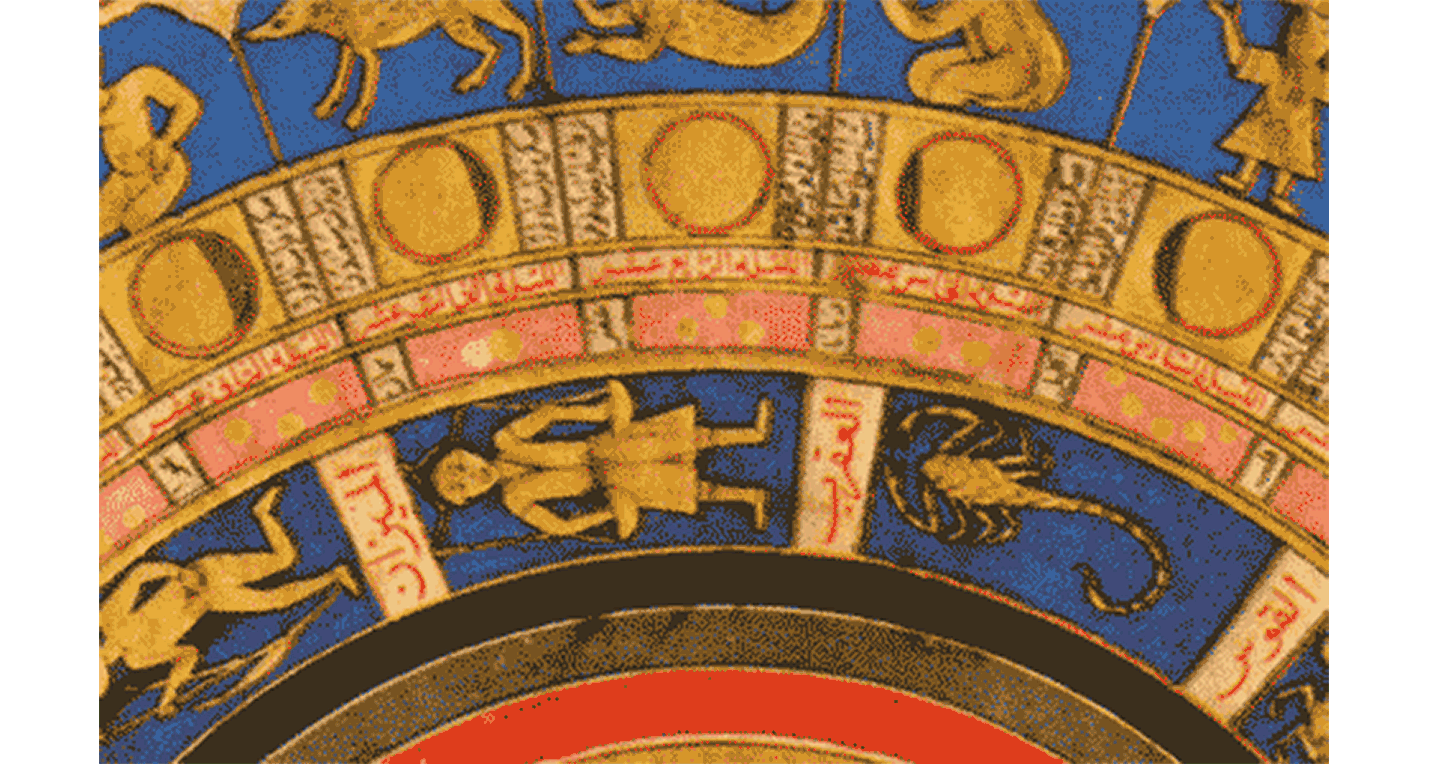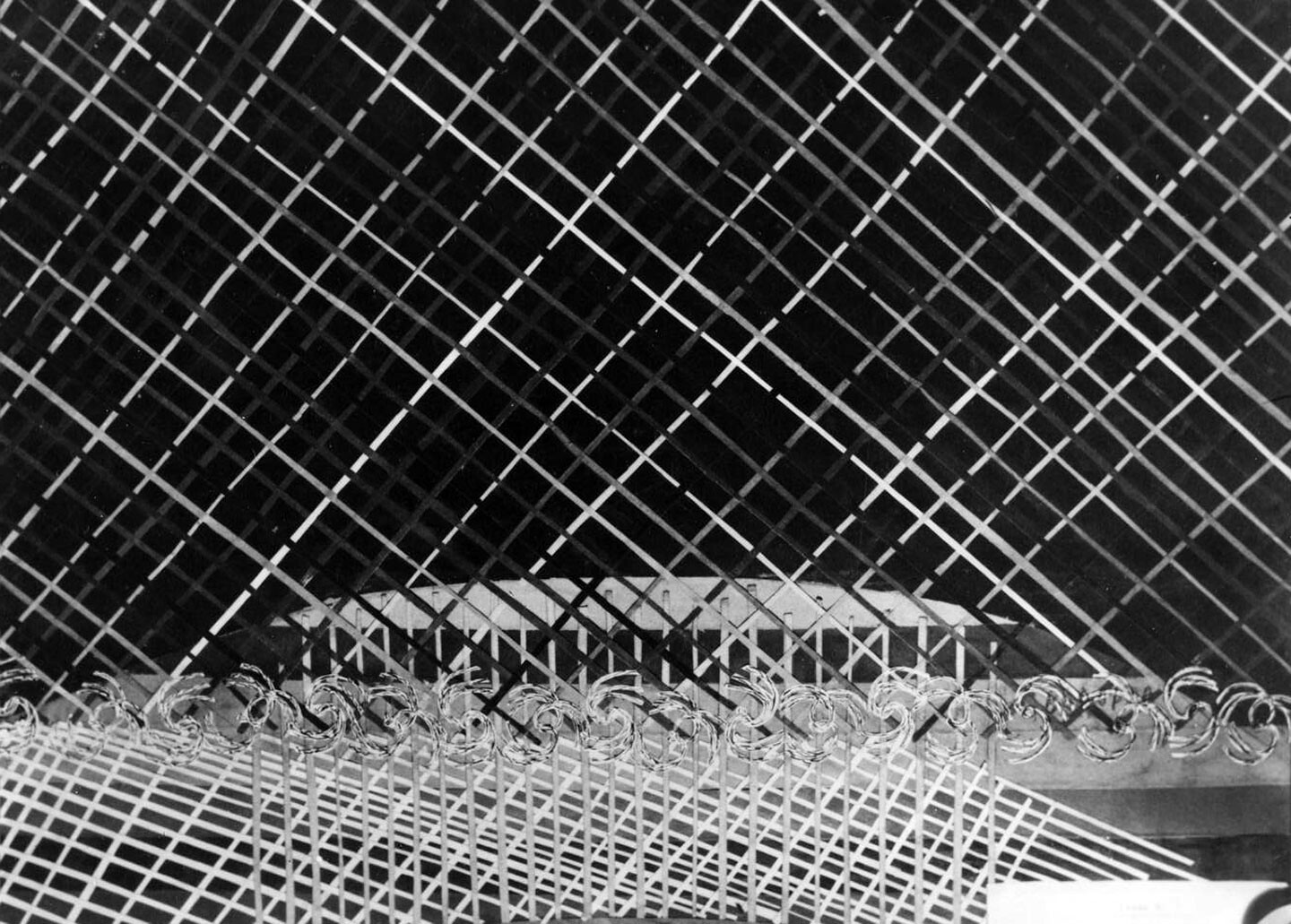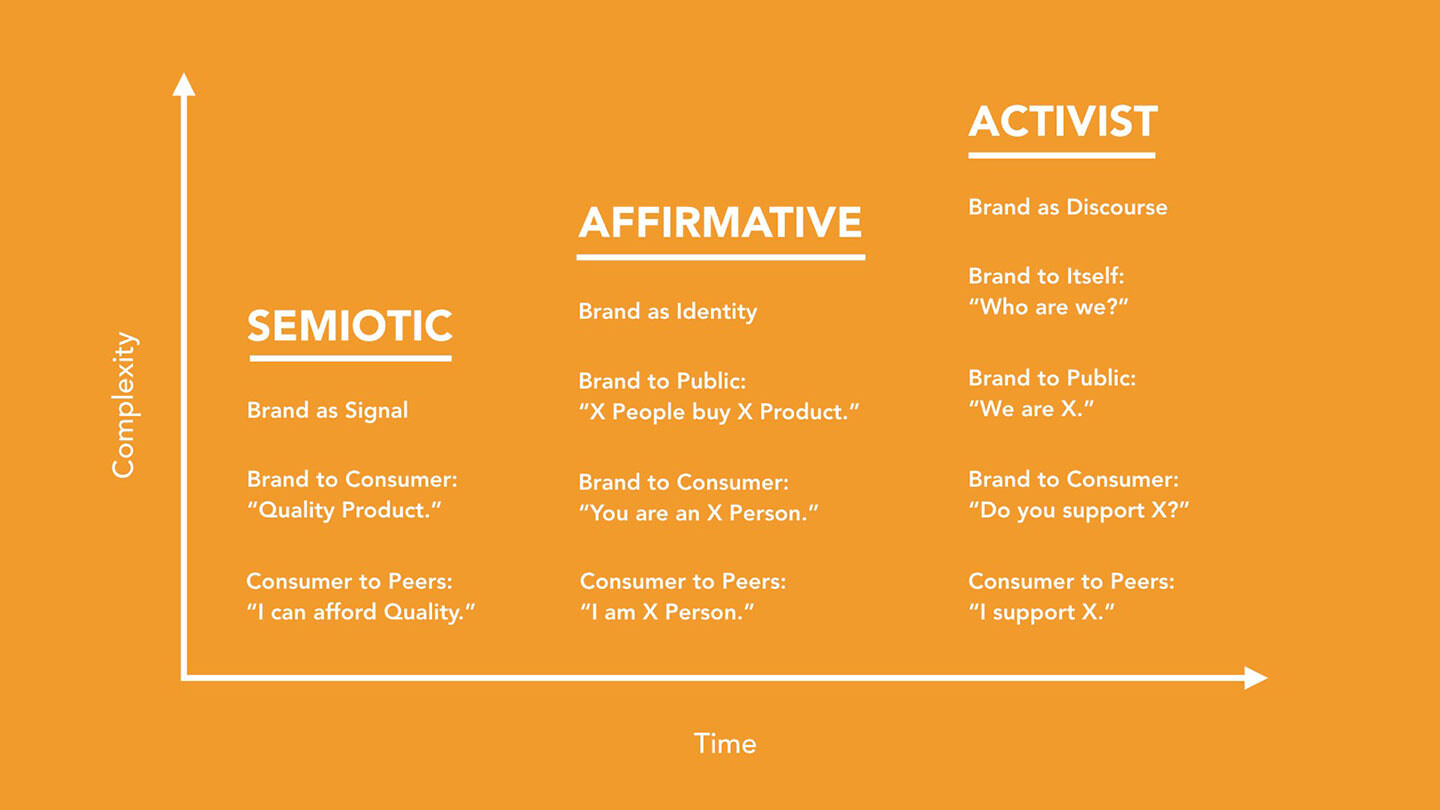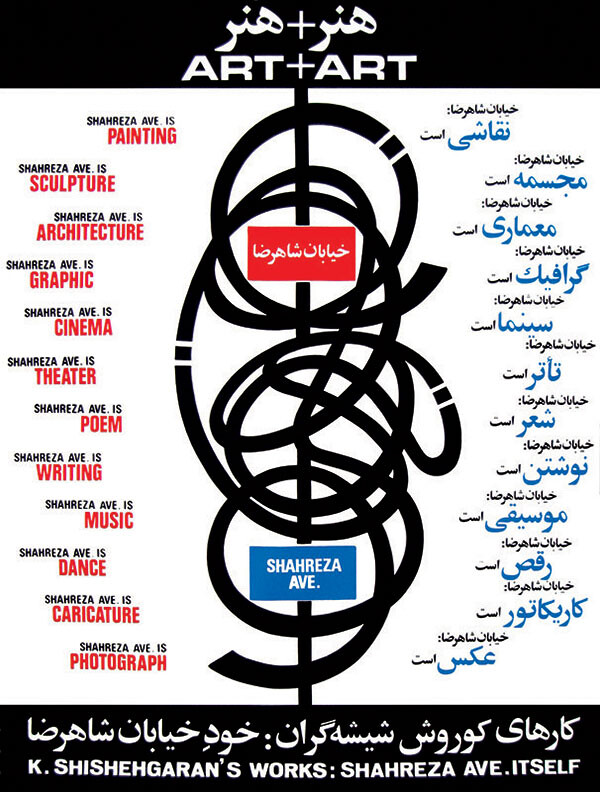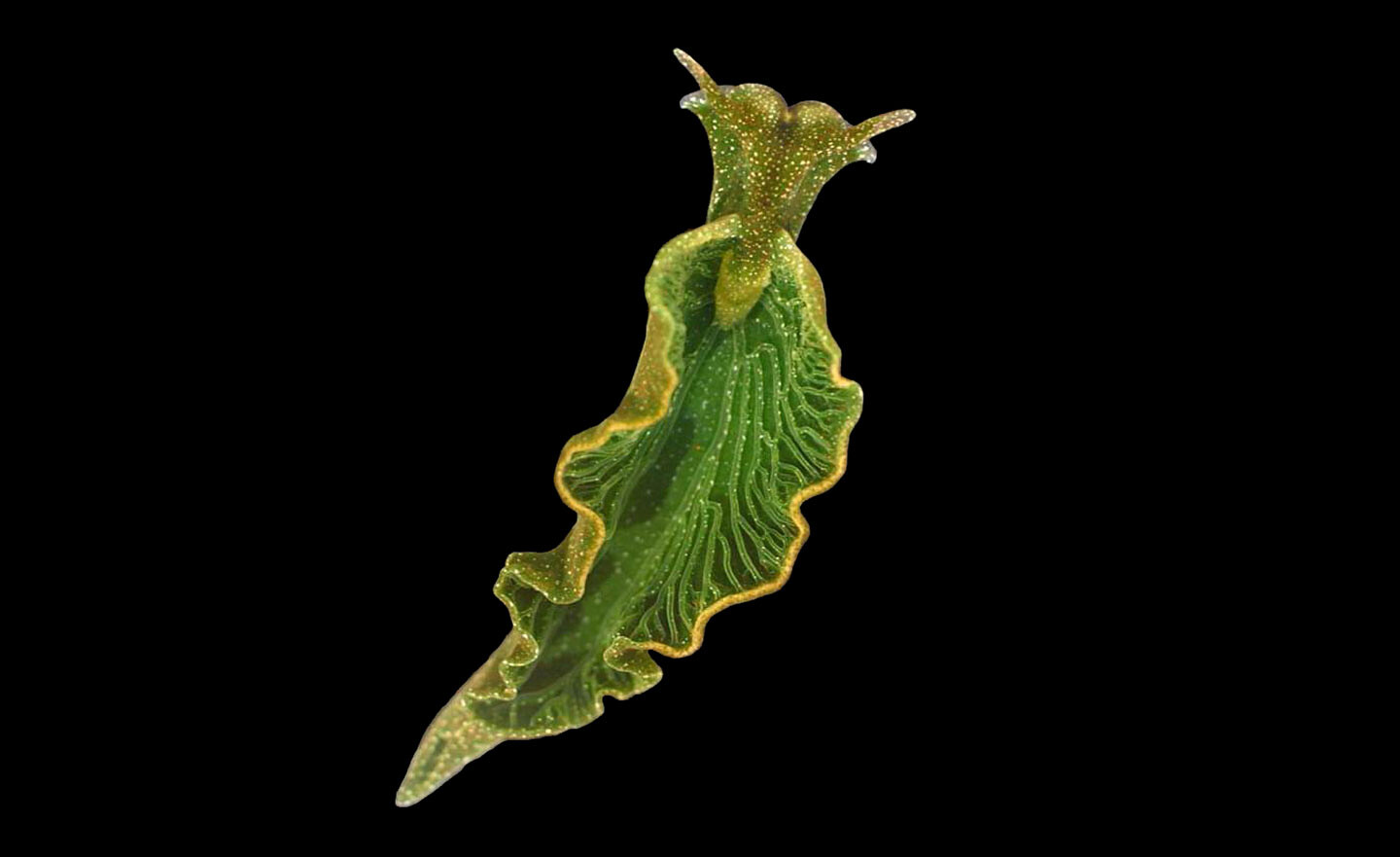This status of the artwork as an object of contemplation is actually relatively new. The classical contemplative attitude was directed towards immortal, eternal objects like the laws of logic (Plato, Aristotle) or God (medieval theology). The changing material world in which everything is temporary, finite, and mortal was understood not as a place of vita contemplativa but of vita activa. Accordingly, the contemplation of artworks is not ontologically legitimized in the same way that the contemplation of the truths of reason and of God are. Rather, this contemplation is made possible by the technology of storage and preservation. In this sense the art museum is just another instance of technology that, according to Heidegger, endangers man by turning him into an object.
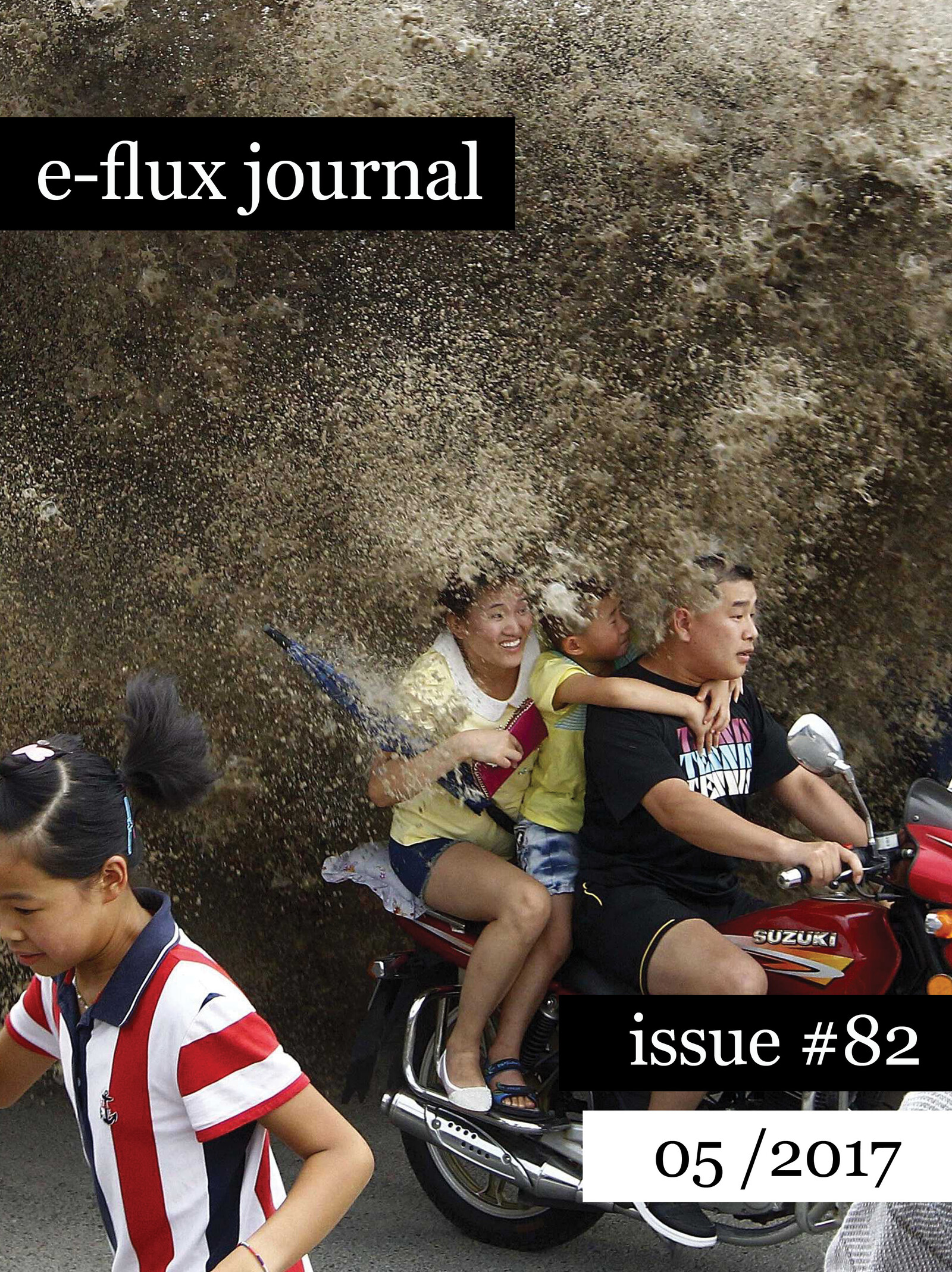
Visitors flee as waves caused by a tidal bore surge past a barrier on the banks of Qiantang River, in Hangzhou, Zhejiang. Photo: China Stringer Network.
Soviet society was hypnotized by the notion of technological acceleration at the same time as it was overwhelmed by frustration and boredom. The economy was weighed down by a constant state of crisis, yet no credible scenarios of reform were deemed acceptable in public discourse. The political system showed signs of imminent collapse, yet no viable alternative was anywhere in sight, apart from the idea of more of the same—more growth, more productivity, more speed. In 1985, Mikhail Gorbachev came to power, proposing a program to radically overhaul the economy and society. His plan was based on three notions: perestroika, glasnost, and uskorenie. Perestroika and glasnost have entered the English language as “restructuring” and “openness,” respectively. But the third part of this triad, uskorenie, is not at all well known: it means “acceleration.”
Cybernetics, in its ambition to unify the natural and social sciences, and even the humanities and the arts, is a relic of the massive cross-scientific endeavors of the Second World War. For many, this science of control and communication promised a response to social and economic issues that seemed especially pressing. “Control” and “communication” were, of course, central preoccupations for societies whose economic policies were based on Keynesian “social planning,” whose hierarchical, multilayered corporations raised new problems of management, and whose deskilled manufacturing system put control over the content and pace of production in the hands of a professional-managerial class. Cybernetics, unsurprisingly, appealed to corporate management, military engineers, or government technocrats, as it promised a more efficient and less violent means of managing complex processes.
The work of art re-establishes a reticular universe at least for perception. But the work of art doesn’t really reconstruct the primitive magical universe: this aesthetic universe is partial, integrated, and contained in the real and actual universe that has emerged from the split. In fact, the work of art above all sustains and preserves the ability to experience aesthetic feeling, just as language sustains the ability to think, without nevertheless itself being identical to thought.
Almost a decade before the revolution, Bogdanov depicted a postrevolutionary Marxist museum in his science-fiction novel Red Star from 1908. “I imagined there would be no museums in a developed communist society,” exclaims Bogdanov’s astonished protagonist upon his arrival on Mars, home to a highly advanced Communist civilization. The museum has indeed survived, but its function has been modified. The museum is no longer a bourgeois ghetto, a repository for all the delusional hopes for the resolution of social contradictions. The liberating force of proletarian revolution has dissolved class divisions as such, and art, once an autonomous professional sphere, has been integrated into the everyday life and work of humanity.
Trend reports are a vehicle for identifying emerging behaviors and the forces that motivate them. We issued our own because we wanted our community of peers to be aware of the strategies that were being used on them as consumers, and that they were parroting back in their own artistic and creative practices. Trend forecasting is a form of armchair sociology that identifies how consumers respond to global sociopolitical and environmental change through pattern recognition. Trends are less about seasonal colors, and more about consumers’ crisis response. Our thought was that the more people are aware of these strategies, the more they can develop tactics based on those strategies and use them towards their own ends, whether in their studio practice or in their plan for survival on earth.
The double bind of modernity officially conceals the colonial carnage necessary for modern progress even as it strategically reveals this same carnage for the purpose of accruing cultural capital. The modern worlding of the world —which includes the production of objective reality by experimental science, knowledge, and design—coincides with the ruthless elimination and instrumentalizaton of certain creatures by others. This blind spot is the “habit” of coloniality, ingrained in the Western unconscious, predicating universality, progress, betterment, and growth on the eradication of alterity. This is the condition of modernity itself, even as it furnishes the resources for a critique of such systemic destruction.
From its inception in the late 1940s, Iranian modernism constantly found itself facing an indifferent public that considered modern art socially irrelevant. In retrospect, the history of modernism in Iran looks like a history of artistic attempts to overcome this sense of alienation from the public. But the more art tried to bridge the gap, the deeper the gap between art and the public grew. In this context, Art+Art came less as a new response than as a radical negation of the presuppositions of the question itself. Shishegaran’s work turned the question of the art-public relationship on its head and dissolved the binary between art and life altogether.
